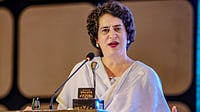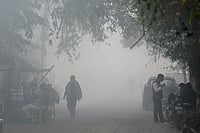Indian literary animals are not all inarticulate. On the syllabus for the Senior Cambridge exam, 40 years ago, there was a poem which began :
"Koo koo karti
Shor machati
Yeh dekho hai
Koyal aati"
I can recite the rest, but will give it a miss, the point being that Koyals say "Koo Koo", sticking to this double-syllable rule.
India was indeed a land of speaking animals. Aesop, a Johnny-come-lately, wrote his fables in 600 BC, whereas The Panchatantra's verbose beasties draw on tales from 1500 BC. Its lions, wolves and monkeys become models for the young Kipling-and thence to Disney.
Perhaps the presence of domesticated dogs on the Indian landscape is, on this time-scale, a relatively recent thing. And their entry into the cities, the frisky, public-quarrelling and shameless public couplings of 'Moti' and 'Prince' are even more recent. Too short a time for literature to incorporate their lexicon. It may also be that dogs are still considered unclean, as pigs are in the Judeo-Islamic tradition and, while the porkies say 'oink-oink' in Christianly piggy stories, they are banned from speech in Islamic literatures.
The inhibition of a parallel untouchability would account for the silence of the dogs.






















